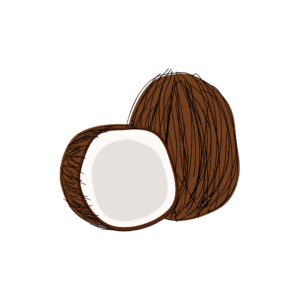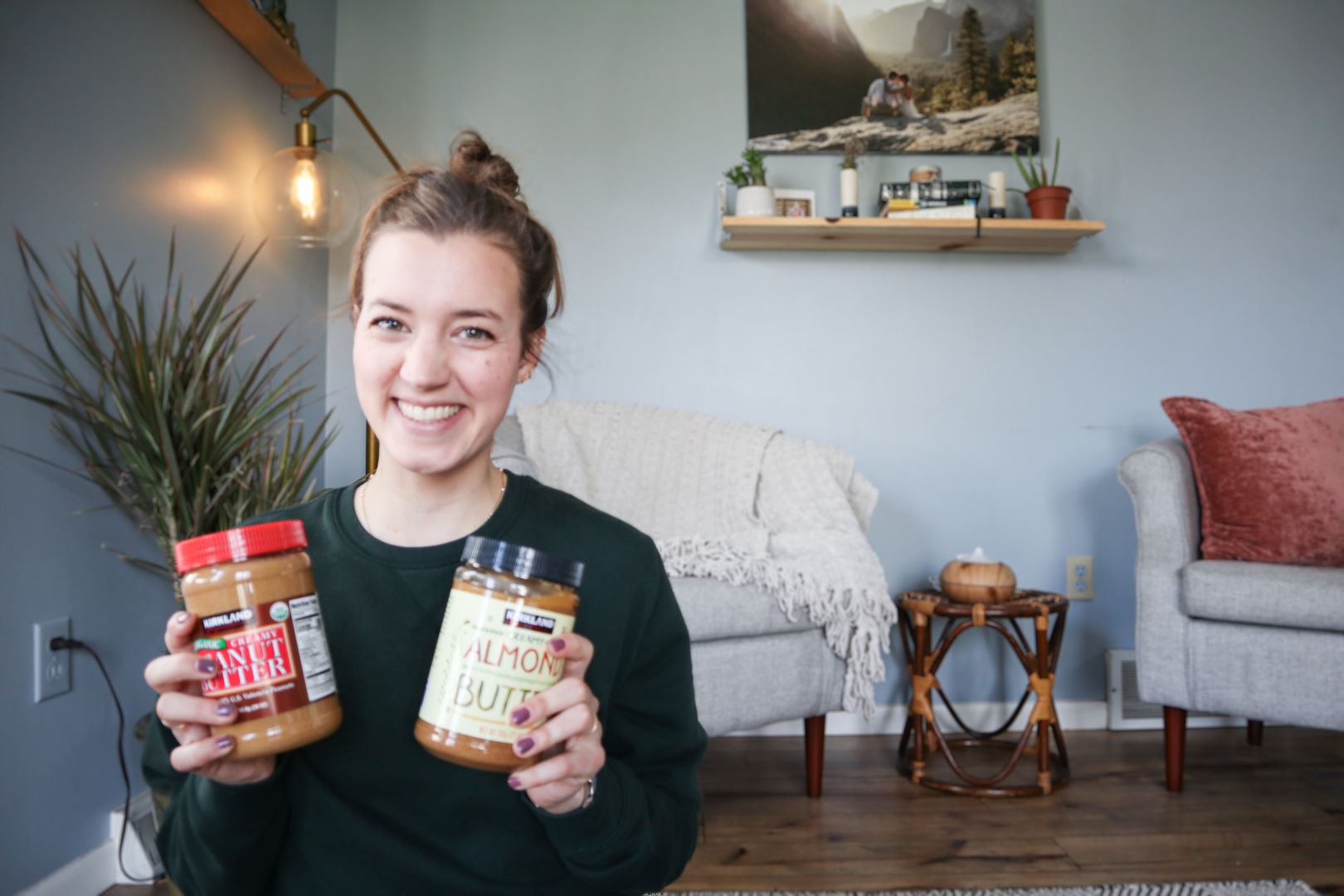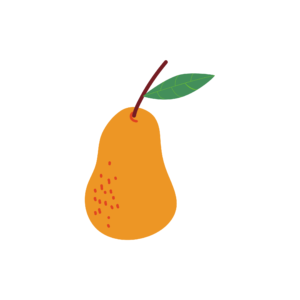In the fitness world, protein is sometimes held up higher than the other macronutrients. And, protein is definitely necessary for our bodies to function, and it is incredibly important for dancers to support growth and muscle development. BUT, the focus on protein consumption is sometimes taken to an extreme. Having a well balanced foodscape with protein, carbohydrates, and fat will ultimately help dancers and athletes get the proper nutrition they need to fuel their bodies. With that out of the way, let’s dive deeper into protein – what it is, where do we find it, and how can it help dancers in their training and recovery.
So first off, what is protein? Protein is often referred to as the “building block of life” because our skin, bones, muscles, hair, nails, and cartilage are predominately made up of protein. It also helps to manufacture our hormones to help our body maintain homeostasis. Protein also supports our immune function and energy level. In fact, the enzymes in some proteins facilitate the many chemical reactions in our body, like our metabolism and digestion. Proteins are made up of amino acids, which is what the body uses to build up the muscles, bones, and tissues in our body and support all of the processes that we just talked about. Now, I know this is getting a bit technical, but amino acids come into play with our nutrition needs. There are around 20 different amino acids, and our body can actually produce 10 of them on our own. BUT, we HAVE to get the others from what we eat. So as you can see, having adequate protein amounts as well as having diversified protein intake is important for our body to function.
Whew, that was a lot, but you made it! I promise this is not a science lesson! Okay, so how does this translate to your nutritional need as a dancer? Because proteins are building blocks, they make sure that our muscles and bones develop, stay strong, and recover, which is important for all dancers, but especially for students. Proteins also work with carbohydrates to breakdown and deliver glucose effectively, which means sustained energy throughout long dance days. For those long theater weeks, protein makes sure our immune system stays strong with antibodies. And for women, protein is important during our monthly cycle because protein helps to balance our hormones.

Our protein needs will shift based on our age, gender, muscle development, and activity level, so the recommended range is from 10%-35% of your total caloric intake. Keep in mind that as a dancer, and especially when you are growing, your body more likely will want to be on the higher end of that percentage. What I always like to highlight though is that every body is different, with different nutritional needs when it comes to food. It will take time to figure out just how much protein your body needs, and remember, this can even change for you day to day, so it is always important to listen to your body.. As a guide, here are some signs that you might not be getting enough protein – if you have frequent and long lasting aches, pains, and muscle soreness, thinning hair, brittle nails, feeling hungry soon after eating, low energy levels and muscle loss.
When we think of protein sources, often meat is the first type of food that comes to mind. Whole food animal products are great sources of protein, but there are also a lot of plant foods that have a great protein content as well. Chicken, beef, pork, eggs, and dairy products like whole milk, yogurt, and cottage cheese are all on the high protein list. Plant sources of protein include whole grains, quinoa, beans, legumes, peas, tempeh, tofu, edamame, peanut butter, nuts, seeds, and even seaweed. The great thing about plant sources of protein are that they are usually cheaper in price, and they have many vitamins and minerals that animal food do not have. Protein products like protein powder and bars can have their place in a dancer’s day, but they are not necessary for everyone. They can be a great option to have in moderation, especially if you know that you struggle with getting protein throughout the day. But, they should not be relied on as your main source of protein. I cannot stress enough how important it is to get your protein from multiple different foods to have a complete protein profile in your nutrition. So get creative, and try new meal and snack combinations!
Many dancers worry about getting enough protein in, but really all you need is some thoughtful planning. Focus on incorporating a few protein rich foods in every meal and snack, and it should be plenty to satisfy your protein needs. As mentioned earlier, protein helps to keep our energy levels stable, so it is important to eat protein throughout the day, but especially at the beginning of the day and after you finish dancing to help with muscle growth and repair. Some examples of a protein packed breakfasts before dance include oatmeal topped with peanut butter, hemp seeds, and fruit. Or have a smoothie with flax, chia, and hemp seeds. Egg or tofu scrambles are also great options, and are great for adding in some veggies in the morning. Experiment with your breakfast and see what fuels you up for classes and rehearsals, and what helps you stay full, fueled, and focused without that sluggish feeling. During the day, snacks like hummus with veggies or whole grain pita, an apple or banana with nut butter, hard boiled eggs, edamame, yogurt and granola, or a trail mix are all fast and easy options. You can also think about incorporating foods like quinoa, chickpeas, brown rice, or chicken in with your lunches. After dance, focus on having a meal with ingredients like whole grains, beans, legumes, tempeh, and/or animal sources to help your body repair and recover.
I hope this post helped you learn more about protein and its function in the body. And, I hope that you have been inspired to try some new foods or meal combinations! The last macronutrient that we will focus on is fat, so be sure to stay tuned.



